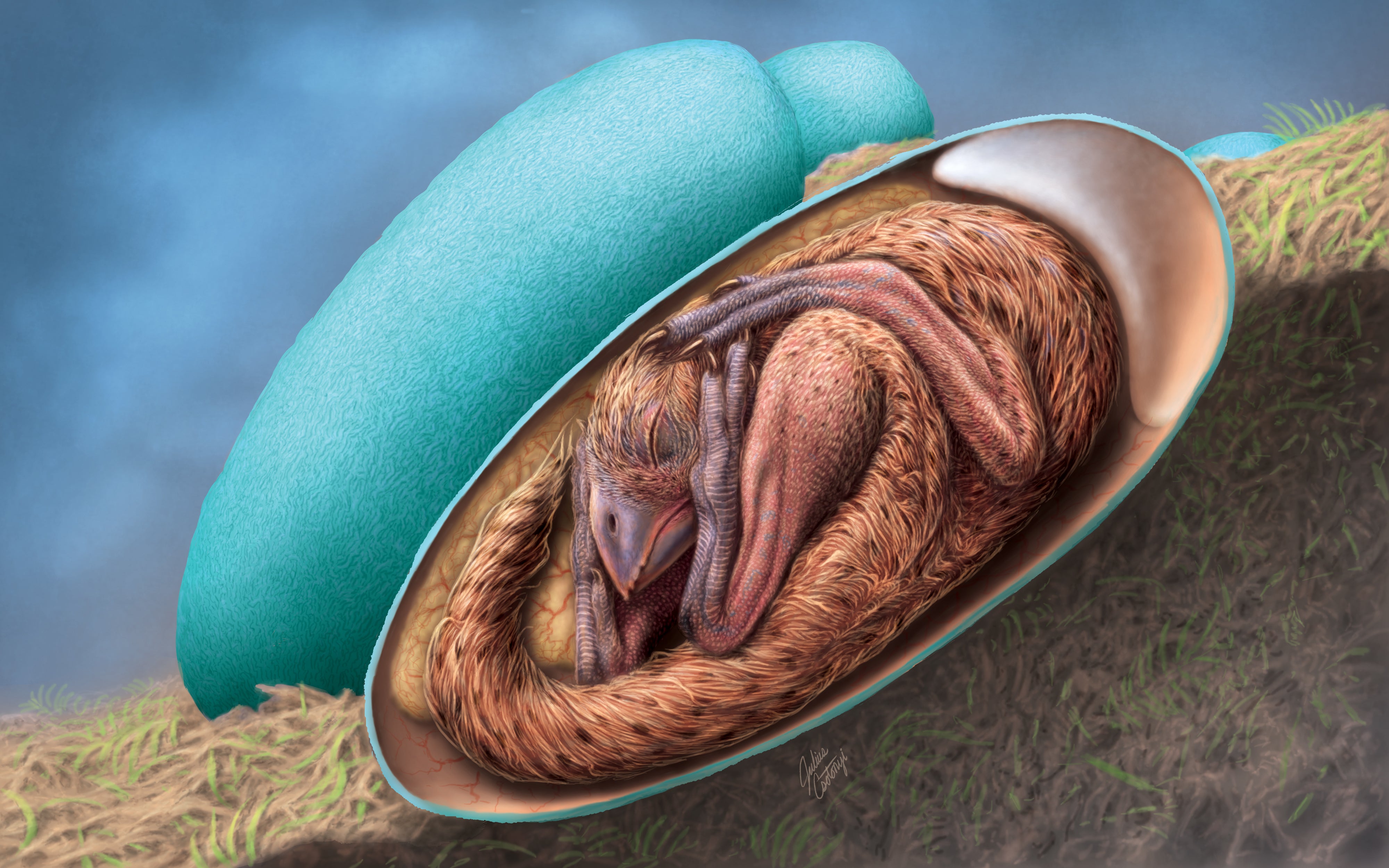‘Exquisitely’ preserved embryo found inside fossilised dinosaur egg
It is believed to be between 66 and 72 million years old and was found in the Late Cretaceous rocks of Ganzhou in southern China.

Your support helps us to tell the story
From reproductive rights to climate change to Big Tech, The Independent is on the ground when the story is developing. Whether it's investigating the financials of Elon Musk's pro-Trump PAC or producing our latest documentary, 'The A Word', which shines a light on the American women fighting for reproductive rights, we know how important it is to parse out the facts from the messaging.
At such a critical moment in US history, we need reporters on the ground. Your donation allows us to keep sending journalists to speak to both sides of the story.
The Independent is trusted by Americans across the entire political spectrum. And unlike many other quality news outlets, we choose not to lock Americans out of our reporting and analysis with paywalls. We believe quality journalism should be available to everyone, paid for by those who can afford it.
Your support makes all the difference.An “exquisitely preserved” embryo has been found inside a fossilised dinosaur egg.
Scientists are excited by the find, dubbed “Baby Yingliang”, which is believed to be between 72 to 66 million years old, as dinosaur embryos are some of the rarest fossils.
It was discovered in the Late Cretaceous rocks of Ganzhou in southern China and belongs to a toothless theropod dinosaur, or oviraptorosaur.
Professor Steve Brusatte, of the University of Edinburgh, said: “This dinosaur embryo inside its egg is one of the most beautiful fossils I have ever seen.
“This little prenatal dinosaur looks just like a baby bird curled in its egg, which is yet more evidence that many features characteristic of today’s birds first evolved in their dinosaur ancestors.”
He was part of a team, including scientists from the University of Birmingham and China University of Geosciences (Beijing) along with researchers from institutions in China, the UK and Canada whose findings on the discovery have been published in the iScience journal.
The discovery is among the most complete dinosaur embryos ever found and the fossil suggests these dinosaurs developed bird-like postures close to hatching.
The embryo is estimated to be 27cm long from head to tail and lies inside a 17cm-long elongatoolithid egg.
Baby Yingliang was found in a unique position for a dinosaur embryo as its head lies below its body, with the feet on either side and the back curled along the blunt end of the egg.
This position is similar to that of modern bird embryos and had not previously been seen among dinosaurs.
In modern birds, such postures are related to an act called “tucking”, which is a behaviour controlled by the central nervous system and critical for hatching success.
The researchers, who have now studied both the egg and embryo, believe that such pre-hatching behaviour may have originated among non-avian theropods.
Before Baby Yingliang, it had only been linked to a behaviour in birds.
Fion Waisum Ma, of the University of Birmingham and an author of the study, said: “Dinosaur embryos are some of the rarest fossils and most of them are incomplete with the bones dislocated.
“We are very excited about the discovery of ‘Baby Yingliang’ – it is preserved in a great condition and helps us answer a lot of questions about dinosaur growth and reproduction with it.
“It is interesting to see this dinosaur embryo and a chicken embryo pose in a similar way inside the egg, which possibly indicates similar prehatching behaviours.”
The dinosaur embryo had been tracked down as a suspected egg fossil around the year 2000.
Professor Lida Xing, of the China University of Geosciences (Beijing), who is also an author of the study, said: “During the construction of Yingliang Stone Nature History Museum in 2010s, museum staff sorted through the storage and discovered the specimens.
“These specimens were identified as dinosaur egg fossils. Fossil preparation was conducted and eventually unveiled the embryo hidden inside the egg. This is how ‘Baby Yingliang’ was brought to light.”
It is being kept at the Yingliang Stone Nature History Museum.